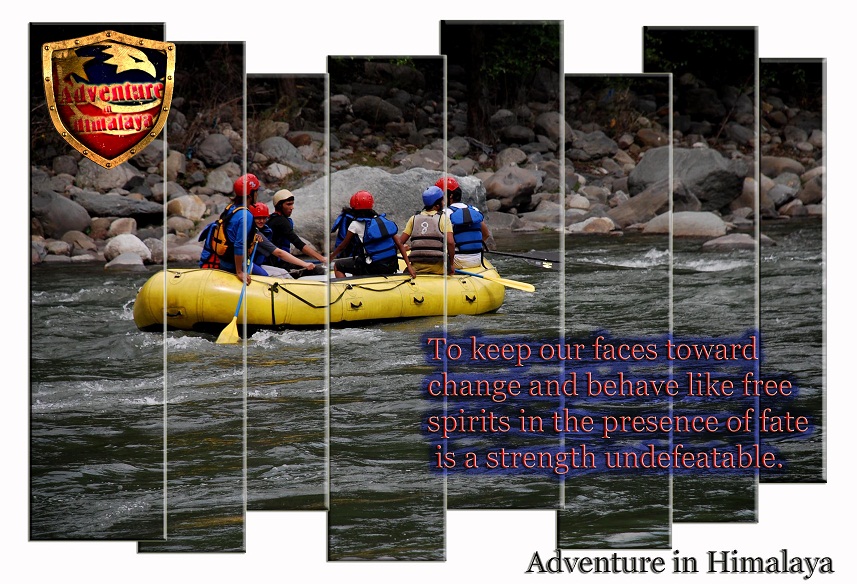Planning an Outdoor Trek:
A Guide to Adventure and Preparation
Venturing into the great outdoors for a trek is more than just a physical journey; it's a soul-stirring experience that reconnects us with the raw beauty of nature. Whether you're a seasoned trekker or a novice explorer, meticulous planning is the key to a successful and enjoyable adventure. Here's a comprehensive guide to help you plan your next outdoor trek:
Step 1: Choose Your Destination
The first step in planning an outdoor trek is deciding where to go. Consider factors such as your fitness level, the time of year, and the type of terrain you want to explore. Do you crave the challenge of rugged mountain trails, the serenity of forested pathways, or the vastness of open plains? Research potential destinations and select one that aligns with your interests and abilities.
Step 2: Research the Route
Once you've chosen a destination, delve into the specifics of your trekking route. Study trail maps, read guidebooks, and consult online resources to familiarize yourself with the terrain, distance, elevation gain, and notable landmarks along the way. Pay attention to trail conditions, weather forecasts, and any potential hazards or obstacles you may encounter.
Step 3: Prepare Your Gear
Proper gear is essential for a safe and comfortable trekking experience. Make a checklist of necessary equipment, including:
- Sturdy hiking boots with ankle support
- Weather-appropriate clothing layers (moisture-wicking base layers, insulating mid-layers, and waterproof outer layers)
- Backpack with a hip belt and adjustable straps
- Navigation tools (maps, compass, GPS device)
- Adequate food and hydration (pack lightweight, high-energy snacks and plenty of water)
- First aid kit with essential supplies
- Emergency shelter (such as a lightweight tent or emergency bivvy)
- Multi-tool, flashlight/headlamp, and fire-starting supplies
- Sun protection (hat, sunglasses, sunscreen)
- Insect repellent and basic toiletries
Step 4: Consider Safety Measures
Safety should always be a priority when venturing into the wilderness. Take precautions to minimize risks and ensure your well-being throughout the trek. Share your itinerary with a trusted friend or family member, and establish regular check-in times. Familiarize yourself with local regulations and emergency procedures, and know how to respond to common wilderness hazards such as inclement weather, wildlife encounters, and injuries.
Step 5: Pack Responsibly
In addition to essential gear, be mindful of the impact your trekking activities may have on the environment. Practice Leave No Trace principles by packing out all trash and waste, disposing of human waste properly (using designated facilities or digging a cat hole at least 200 feet from water sources), and minimizing your ecological footprint. Respect wildlife and natural habitats by observing from a distance and avoiding unnecessary disturbances.
Step 6: Embrace the Experience
Finally, remember that the true essence of outdoor trekking lies in the journey itself. Embrace the sights, sounds, and sensations of nature as you traverse the landscape. Be present in the moment, allowing yourself to fully immerse in the beauty and wonder of the wilderness. Take time to rest, reflect, and recharge your spirit along the way, and cherish the memories you create during your outdoor adventure.
*
Planning an outdoor trek is an exciting and rewarding endeavor that allows you to explore the wonders of nature and push the boundaries of your comfort zone. By carefully selecting your destination, researching your route, preparing your gear, prioritizing safety, and embracing the experience with an open heart and mind, you can embark on a trekking journey that will leave you with unforgettable memories and a renewed appreciation for the great outdoors. So lace up your boots, pack your backpack, and set forth on the adventure of a lifetime—your next outdoor trek awaits!



